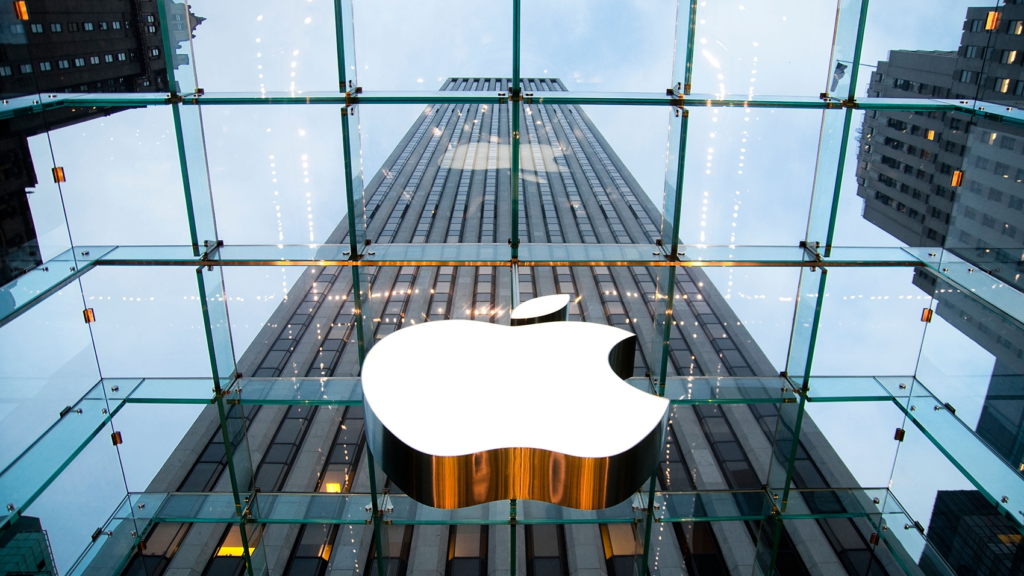Bridging the Tech Gap: Fostering Cross-Generational Adoption
As organizations navigate the challenges of technology adoption across generational lines, organizations are increasingly focusing on strategies to bridge the gap between tech-savvy younger employees and older workers with varied levels of proficiency. Contrary to stereotypes, older employees often possess a wealth of tech experience from earlier computing eras, such as troubleshooting first-generation PCs or early networking systems. Graham Glass, founder and CEO of Cypher Learning, says assessing the “technology history” of all employees can provide valuable insights into their skills and comfort levels. “By treating training needs as individual as a medical history, organizations can design programs that respect experience while addressing gaps, avoiding one-size-fits-all approaches that may alienate staff,” he says. He adds that equally as important as generational differences are cultural and ethnic differences. “When you’re driving more tech proficiency in the workplace, consider every user’s point of view,” Glass says. Ryan Downing, vice president and CIO of enterprise business solutions at Principal Financial Group, points to cloud transformation as a prime example of generational collaboration, with engineers across age groups elevating their skills together. Related:Tech Company Layoffs: The COVID Tech Bubble Bursts “What I find most impressive is how newer employees bring fresh perspectives and energy, while more experienced team members contribute wisdom and expertise,” he says. “This dynamic levels the playing field, strengthens team cohesion, and ensures every voice is heard.” Cross-Generational AI Adoption To foster inclusive AI adoption, Downing says organizations should shift the conversation from merely adopting new tools to transforming ways of working. “At Principal, we are beginning to pilot coaching programs that focus on setting clear outcomes that can help teams improve efficiency and quality,” Downing explains. The programs guide teams to explore how AI tools can drive value creation in ways that differ from traditional approaches. “This outcome-driven mindset encourages exploration and reduces apprehension around AI tools,” he says. Tailored training is also playing in bridging the generational tech gap. Downing says at Principal, training is balanced with a mix of formal learning opportunities, coaching and mentoring, and meaningful assignments. “This approach allows team members to apply new skills in real-world scenarios,” Downing says. “By offering varied learning methods, we can accommodate different working styles and readiness levels, ensuring all team members can effectively engage with new technologies.” Related:Risk Management for the IT Supply Chain Downing explains the primary challenge typically isn’t a lack of tools or willingness to learn, but rather the tendency to treat AI tools as mere add-ons rather than enablers of transformation. “It’s so important not to underestimate the human element of implementing these new tools to help team members reimagine their workflows,” Downing says. “Emphasizing transformation over tools helps to ensure meaningful adoption across these generational lines.” Glass explains that while younger workers may adapt quickly to AI tools, older employees often need reassurance about their role in the workplace and the utility of AI as a tool to enhance, not replace, their contributions. “Personalized learning platforms powered by AI allow employees to learn at their own pace, ensuring proficiency without wasting time or risking embarrassment,” he says. Peer-to-peer mentoring and collaboration further bridge the gap, allowing younger workers to share their digital fluency while benefiting from the problem-solving resilience of older colleagues. “The less exposed to AI people are, the more qualms they have,” Glass says. “Our recent research shows younger men are less worried about AI than, say, older workers or women.” Related:The Top Habits of High-Performing IT Development Teams That “comfort gap” is a function of time spent experimenting with the technology, or lack thereof, so it’s a good idea for businesses to encourage it. “Two more big issues that recur are privacy and fear of AI taking over peoples’ jobs,” Glass adds. Managers can address the first by framing house rules governing AI use — defining tasks it shouldn’t be exposed to, for example. As for the second — reassure employees, especially older ones, that AI is a tool meant to take rote chores off their plates and elevate their roles. “The more you underline how essential your people are, the less they’re apt to fret about job security,” Glass says. Measuring Success Organizations implementing multigenerational technology training programs often measure success through a combination of immediate feedback and long-term metrics, Gartner analyst Autumn Stanish explains. “Retention and attraction rates are key indicators, such as tracking whether employees are staying longer or if the company is drawing new talent due to its reputation for inclusivity,” she says. Stanish points to Broadridge’s reverse mentoring program, where younger employees mentored older colleagues on work-related topics. After the program, both mentors and mentees completed surveys using a 10-point scale to evaluate outcomes like increased belonging, broadened perspectives, and willingness to recommend the experience. Stanish says short-term insights from surveys help guide improvements, while broader goals, such as enhanced employee satisfaction and retention, require time to fully materialize. Combining these methods allows organizations to fine-tune their programs and foster inclusivity effectively. “The little surveys and moments where we gather feedback help us connect with employees directly, and over time, those qualitative insights drive the bigger quantitative outcomes,” she says. source
Bridging the Tech Gap: Fostering Cross-Generational Adoption Read More »













